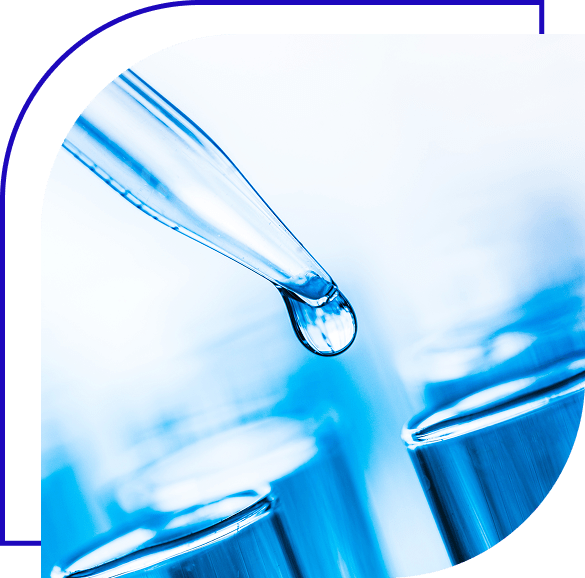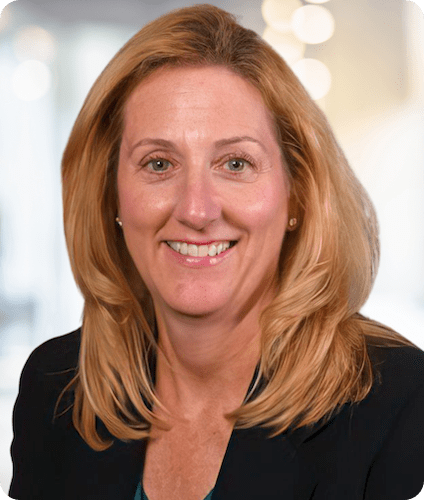
IEH Academy Webinar
Pathogen Method Validation: When Is It Necessary? When Is a Matrix Extension Needed?
This webinar addresses issues inherent in the validation status of pathogen detection methods. Methods are typically validated for 15 to 20 food matrices, yet the range of food types encountered in practice is nearly infinite. When must a method be validated or extended for a food not included in its original validation study? If a method is validated for food A, is it also validated for food B? When is full validation required, and when is a simple verification sufficient?
- September 25th, 2025
- 11:00 AM - 12:00 PM PST / 2:00 PM - 3:00 PM EST
- Thomas Hammack
Webinar Recording
Description
Given that improperly validated methods can lead to false negative results with serious public health and financial consequences, how do you determine whether validation or verification is appropriate? This webinar will outline the do’s and don’ts of microbiological methods validation. Attendees will learn how to determine when a previously validated pathogen detection method must be revalidated for a specific food.
Topics Covered:
- Why methods are validated
- How methods are validated
- The difference between validation and verification
- When validation, extension, or simple verification is required for a specific matrix
Who Should Attend
- Quality assurance personnel involved in microbiological testing
- Professionals conducting microbiological testing for food and environmental surfaces
- Industry stakeholders determining suitable microbiological testing methods
Webinar Length
1 hour with Q&A to follow.
The webinar will include a 10-minute Q&A session where attendees can ask questions related to the Pathogen Method Validation: When Is It Necessary? When Is a Matrix Extension Needed? This interactive portion is designed to offer personalized guidance and facilitate the sharing of practical insights among participants.

-
Vice President, Technical Services
IEH Laboratories & Consulting Group
Meet the Instructor
Thomas Hammack
Thomas Hammack joined IEH as Vice President of Technical Services in 2024. He has over 30 years of experience in the field of food microbiology, working at the FDA’s Center for Food Safety and Applied Nutrition (CFSAN). Starting in 1990, he began his tenure at the FDA as a research microbiologist until he became the Chief of the Microbial Methods Development Branch (MMDB) in 2009. In this role, he led a team of 25 microbiologists in developing and validating methods for the detection and characterization of bacterial pathogens and toxins in foods and on environmental surfaces. After a decade as Chief of MMDB, he concluded his tenure as a Senior Policy Analyst for Microbiology in CFSAN’s Office of Regulatory Science.
He is a co-author of FDA’s Bacteriological Analytical Manual’s (BAM) Salmonella, Cronobacter, and Food Sampling and Preparation of Sample Homogenate chapters. During his career, he Chaired the FDA’s Microbiology Methods Validation Subcommittee (MMVS) from 2017 to 2021, which oversees the validation of the microbiological methods used in the FDA’s Foods Program. He also chaired the FDA’s Bacteriological Analytical Manual (BAM) Council from 2009 to 2016. He remained a member of both the BAM Council and MMVS until his retirement at the end of 2023.
Thomas Hammack’s expertise extends beyond his roles at the FDA. He currently serves as an Expert Review Panel member for AOAC International, overseeing the validation of numerous methods for bacterial pathogens, including Salmonella, Listeria, and E. coli O157:H7. Since 2014, he has been a dedicated member of the MicroVal Technical Review Committee. Notably, he served as the Chair of the US Technical Advisory Group to ISO TC 34/SC 9 from 2011 to 2023, the committee responsible for the development of all ISO food microbiological methods.

-
Executive Vice President
IEH Laboratories & Consulting Group
Carol Cave
Ms. Carol Cave joined IEH as the Executive Vice President in 2024, bringing with her extensive expertise in regulatory affairs and consumer protection. She holds a B.S. in Consumer Economics from the University of Maryland.
Before joining IEH, Ms. Cave served as the Acting Associate Commissioner (ACRA) for the Office of Regulatory Affairs (ORA) at the Food and Drug Administration. In this role, she oversaw approximately 5000 ORA employees stationed across the U.S. and around the world.
Prior to her role as Acting ACRA, Ms. Cave served as Deputy Associate Commissioner, where she managed inspections, compliance, enforcement, field laboratory operations, import operations, and strategic planning.
Earlier in her career at the FDA, she served as the Assistant Commissioner of Import Operations, where she led the Office of Enforcement and Import Operations, ensuring FDA-regulated imported products comply with U.S. laws. Ms. Cave also led coordination efforts between the FDA and U.S. Customs and Border Protection, developing joint regulations, policies, procedures, and operations.
Before her tenure at the FDA, Ms. Cave was the Deputy Director of the Office of Compliance and Field Operations at the U.S. Consumer Product Safety Commission (CPSC). In this role, she collaborated with federal government agencies to identify potentially defective consumer products. With nearly 26 years at the CPSC, Ms. Cave held various leadership positions, including Director of State and Local Programs and Assistant Executive Director for the Office of Import Surveillance, ensuring the safety of consumer products nationwide.
Let's get in touch
Have questions? Our team is here to help. Also available is IEH customer service at (206)522-5432 or iehacademy@iehinc.com. By filling out this information, you are adhering to our privacy policy.